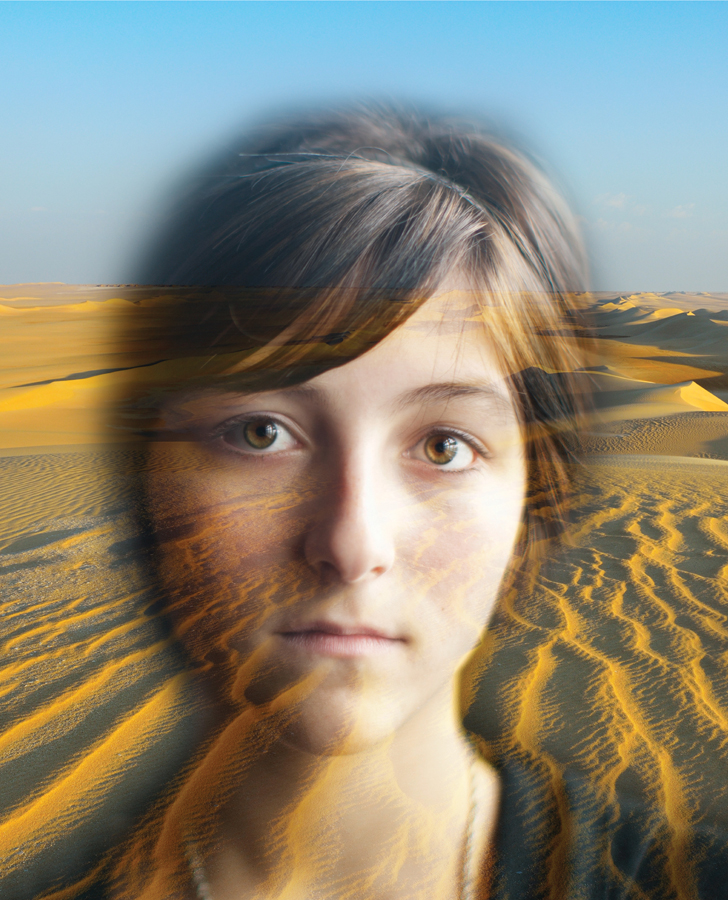Chapter 12 Introduction
12
460

Licensed Material is being used for illustrative purposes only; person depicted in the licensed Material is a model.
Social Development
461
CHAPTER OUTLINE
Infancy: Using Caregivers as a Base for Growth
- Attachment to Caregivers
- Cross-Cultural Differences in Infant Care
Helping, Comforting, and Learning from Others in Childhood
- The Development of Prosocial Behavior
- Social Learning
Parenting Styles
- Correlations Between Disciplinary Styles and Children’s Behavior
- The Cause-Effect Problem in Relating Parenting Style to Children’s Behavior
The Roles of Play and Gender in Development
- Developmental Functions of Play
- Gender Differences in Social Development
Adolescence: Breaking Out of the Cocoon
- Shifting from Parents to Peers for Intimacy and Guidance
- Increased Rates of Recklessness and Delinquency
- An Expanded Moral Vision and Moral Sense of Self
- Sexual Explorations
Adulthood: Finding Satisfaction in Love and Work
- Love
- Employment
- Growing Old
Reflections and Connections
Find Out More
The natural human environment is a social environment. We are adapted to survive with the help of others. Natural selection has endowed us with brain mechanisms that enable us to make the kinds of connections with other people—at each stage in our lives—that are essential to our survival and reproduction.
Over the span of our lives we are involved continuously in interpersonal relationships that sustain, enhance, and give meaning to our existence. As infants we depend physically and emotionally on adult caregivers. As children we learn to get along with others and to abide by the rules and norms of society. As adolescents we begin to explore romantic relationships and, in other ways, seek niches in the adult world. As adults we assume responsibility for the care and support of others and contribute, through work, to the broader society.
Social development refers to the changing nature of our relationships with others over the course of life. What characterizes our ties to other people at each phase of life? How do those relationships promote our survival and influence our subsequent development? How variable is social development from culture to culture and between males and females? These are some of the principal questions of this chapter, which begins with infancy and then proceeds, section by section, through childhood, adolescence, and adulthood.